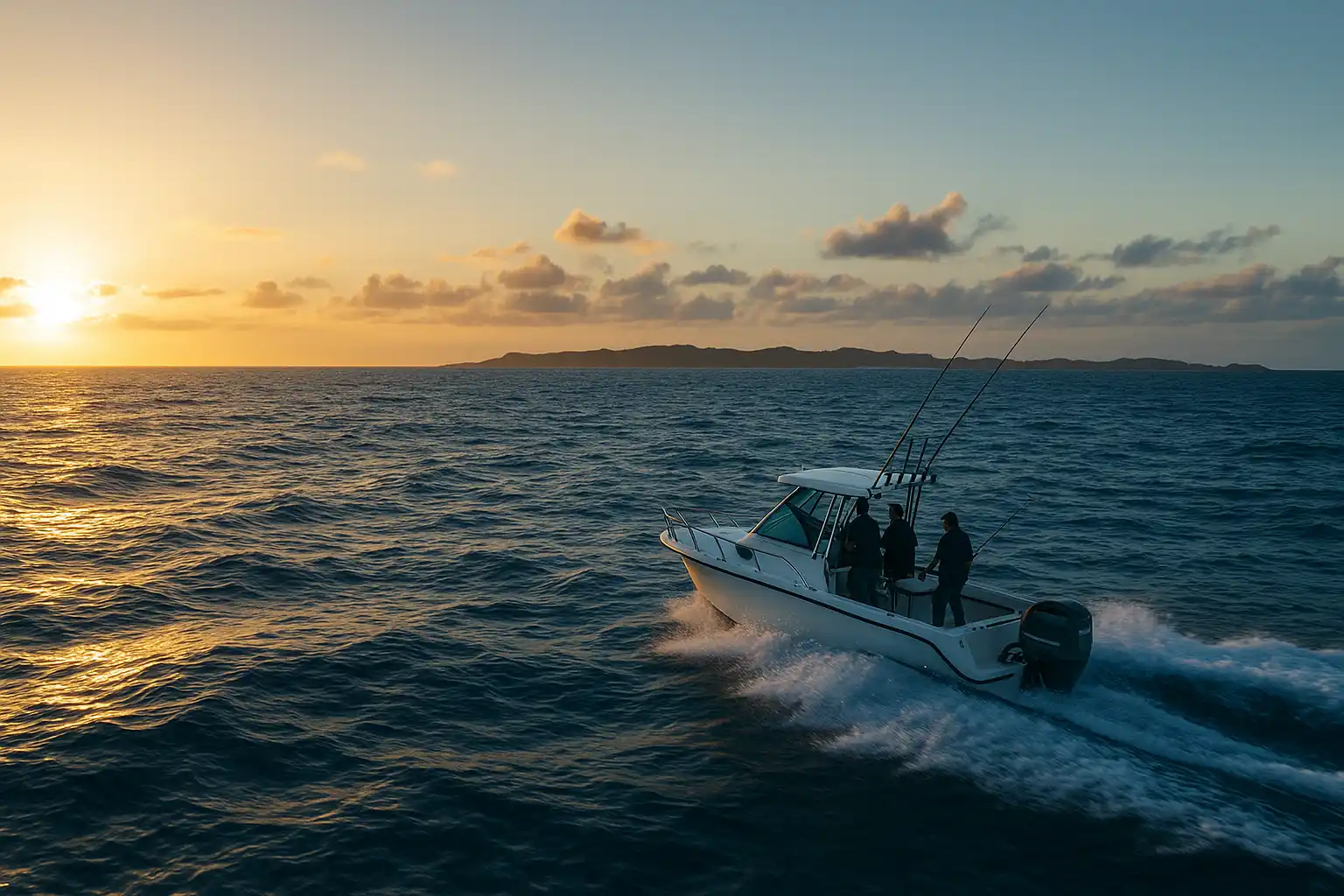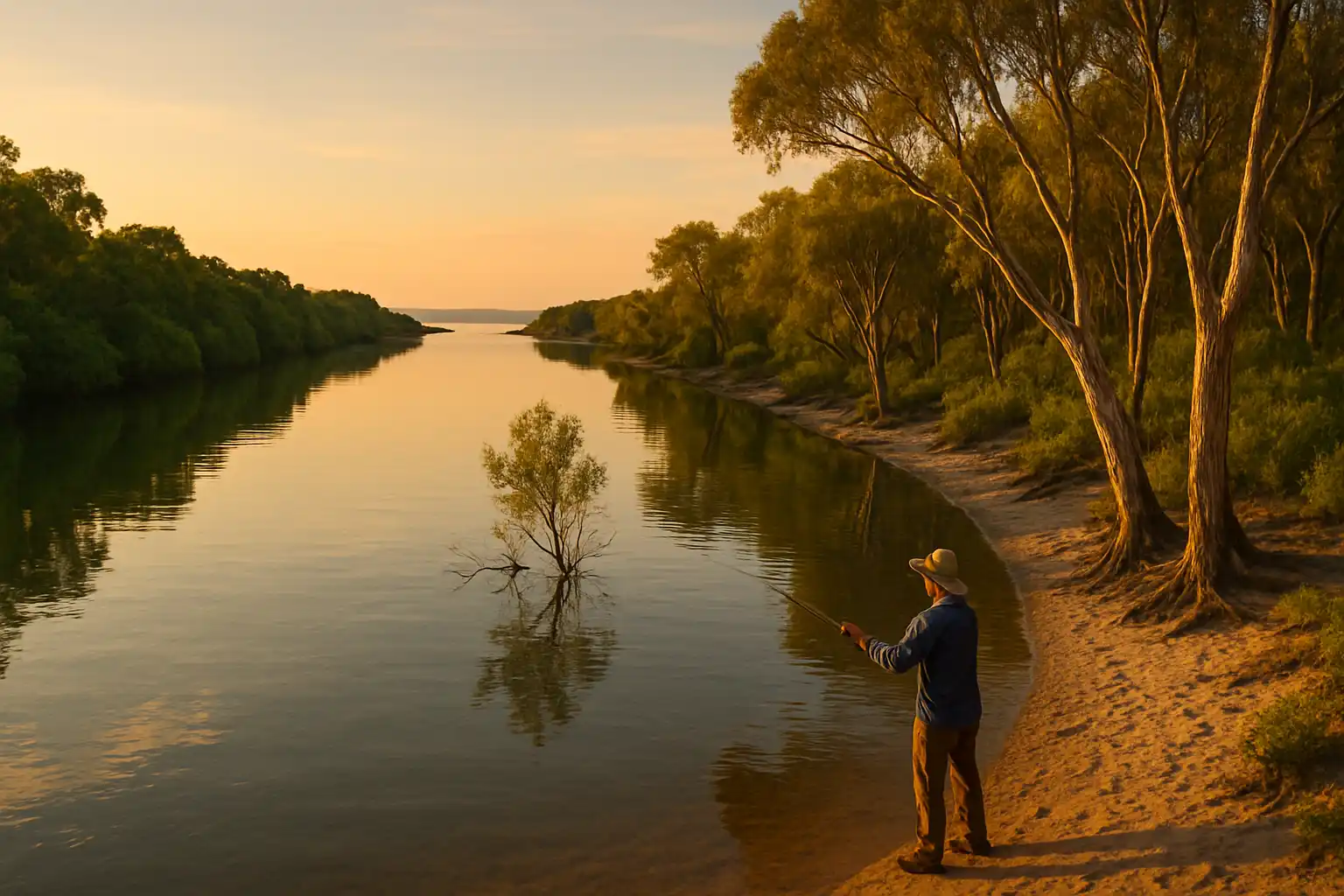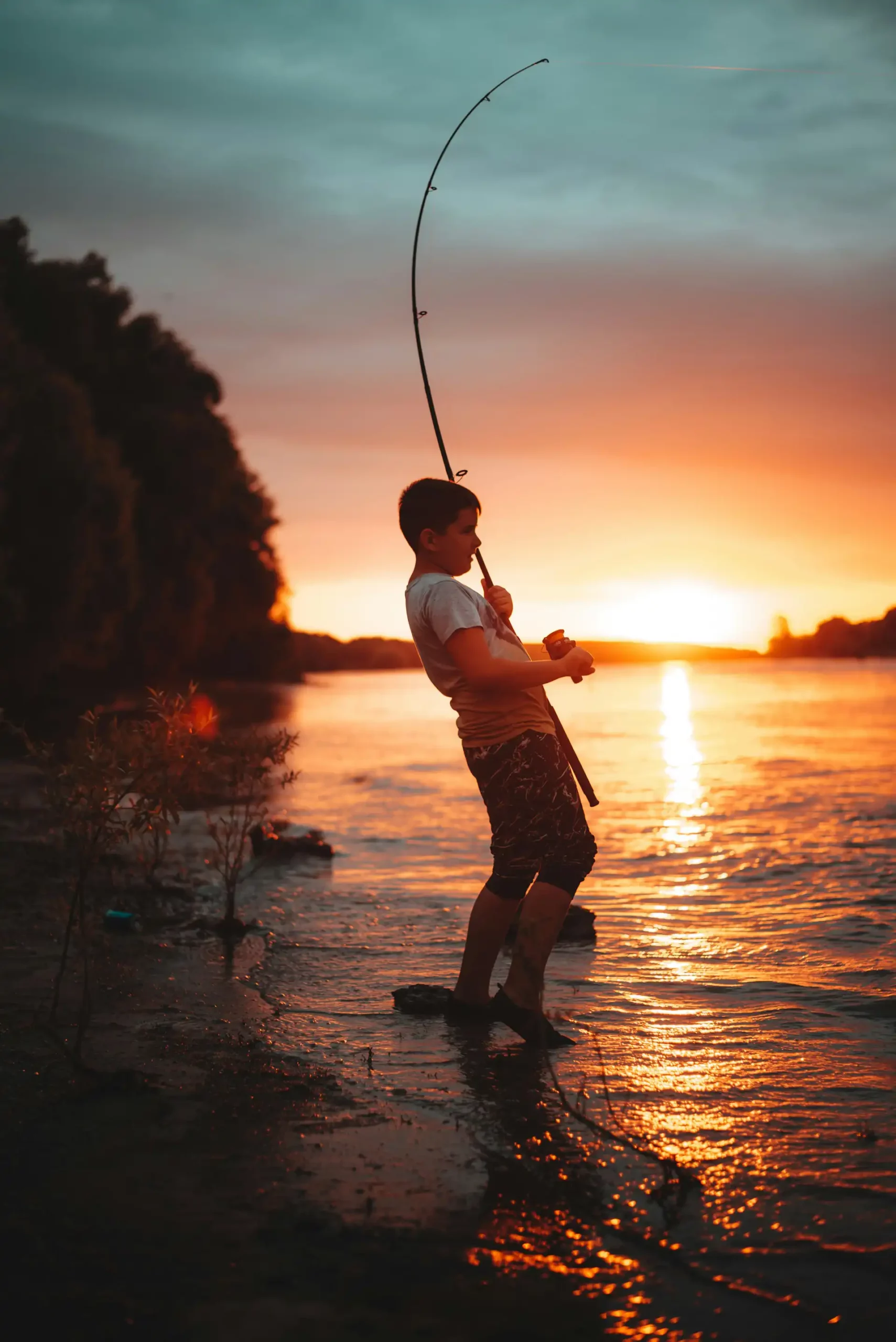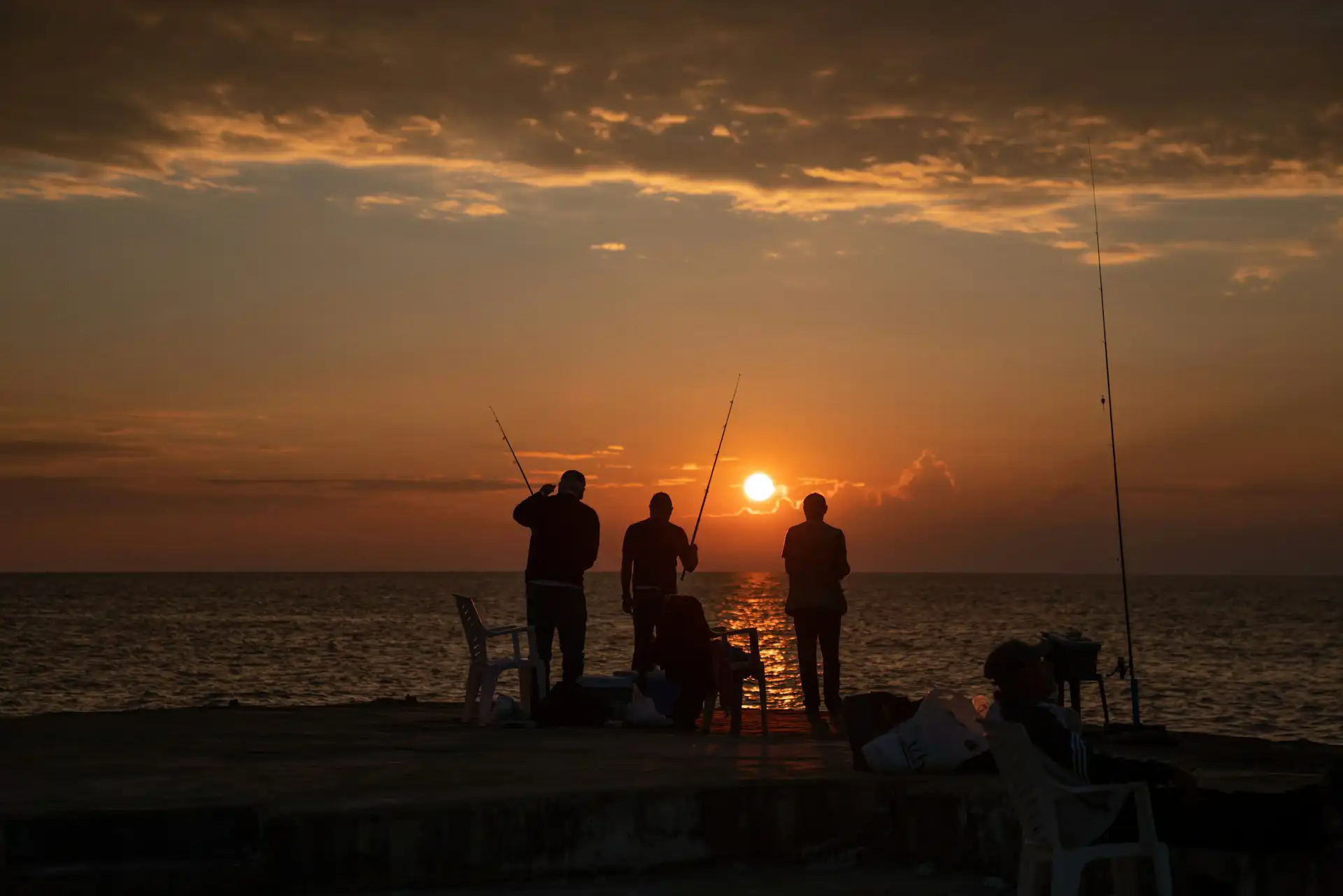Kayak Fishing at Turners Beach, TAS: A Comprehensive Guide
Located between Devonport and Ulverstone on Tasmania’s north coast, Turners Beach offers kayak anglers easy access to sheltered estuarine waters, sandflats, and inshore coastal areas. Understanding the best tide times, fishing seasons, and being prepared with the right gear and safety essentials will help you make the most of your trip.
Best Tide Times for Kayak Fishing at Turners Beach, TAS
- Peak Fishing Tides: Tidal movements at Turners Beach play a key role in fish activity. For the best kayak fishing experience, aim for:
- Incoming Tide (Rising): Rising tides push baitfish into the river mouth and adjacent flats, attracting flathead, bream, and Australian salmon. The first half of the incoming tide is often the most productive.
- Outgoing Tide (Falling): Falling tides concentrate fish along drop-offs, gutters, and river edges, creating prime conditions for targeting predators.
Tide Phases to Avoid for Kayak Fishing:
- Dead Low and High Tide: These slack periods generally lead to reduced fish movement. Use the downtime to relocate or change tactics.
Fishing Seasons at Turners Beach, TAS
- Year-Round Species: Flathead and bream are common targets all year, with squid often found in nearby coastal areas.
- Seasonal Highlights:
- Summer (Dec to Feb): Peak season for flathead, squid, and Australian salmon in the estuary and along the beaches.
- Autumn (Mar to May) and Spring (Sep to Nov): Excellent for bream, trevally, and estuarine fishing during more moderate water temperatures.
- Winter (Jun to Aug): Squid remain a strong target offshore, and deeper estuary areas can still hold good numbers of bream and flathead.
Gear Tips for Kayak Fishing at Turners Beach
- Rod and Reel: A 2–4 kg light spin combo is ideal for targeting the estuary and nearshore species commonly found here.
- Lures and Baits:
- Lures: Soft plastics, small diving hardbody lures, and squid jigs are reliable options.
- Baits: Pilchards, prawns, and squid strips consistently attract a wide range of species.
- Kayak Accessories:
- Anchor: Handy for holding position in channels, gutters, or near structure during tidal flow changes.
- Storage: Dry bags and waterproof crates are essential for keeping gear safe from splashes and salt spray.
Safety First for Kayak Fishing at Turners Beach
- Personal Flotation Device (PFD): Always wear a certified PFD when paddling offshore or in estuarine waters.
- Weather Awareness: Monitor forecasts for northwesterly breezes which can build quickly along this stretch of coast.
- Visibility: Equip your kayak with a tall flag and wear bright clothing to stay visible to other watercraft.
- Communication Device: Carry a waterproofed mobile phone or a handheld VHF radio for emergency situations.
- First Aid Kit: Essential for treating minor injuries such as cuts, abrasions, or fishhook accidents.
Final Tips for a Successful Kayak Fishing Trip at Turners Beach, TAS
- Respect the Environment: Follow all fishing regulations and consider catch-and-release practices to support sustainable fisheries.
- Local Knowledge: Check in with local tackle shops or speak with nearby fishers to find the most productive seasonal spots and bait recommendations.
With good preparation and attention to the tides and seasons, you’ll set yourself up for a successful and memorable kayak fishing trip at Turners Beach, Tasmania.
Explore all Tasmania kayak fishing guides





